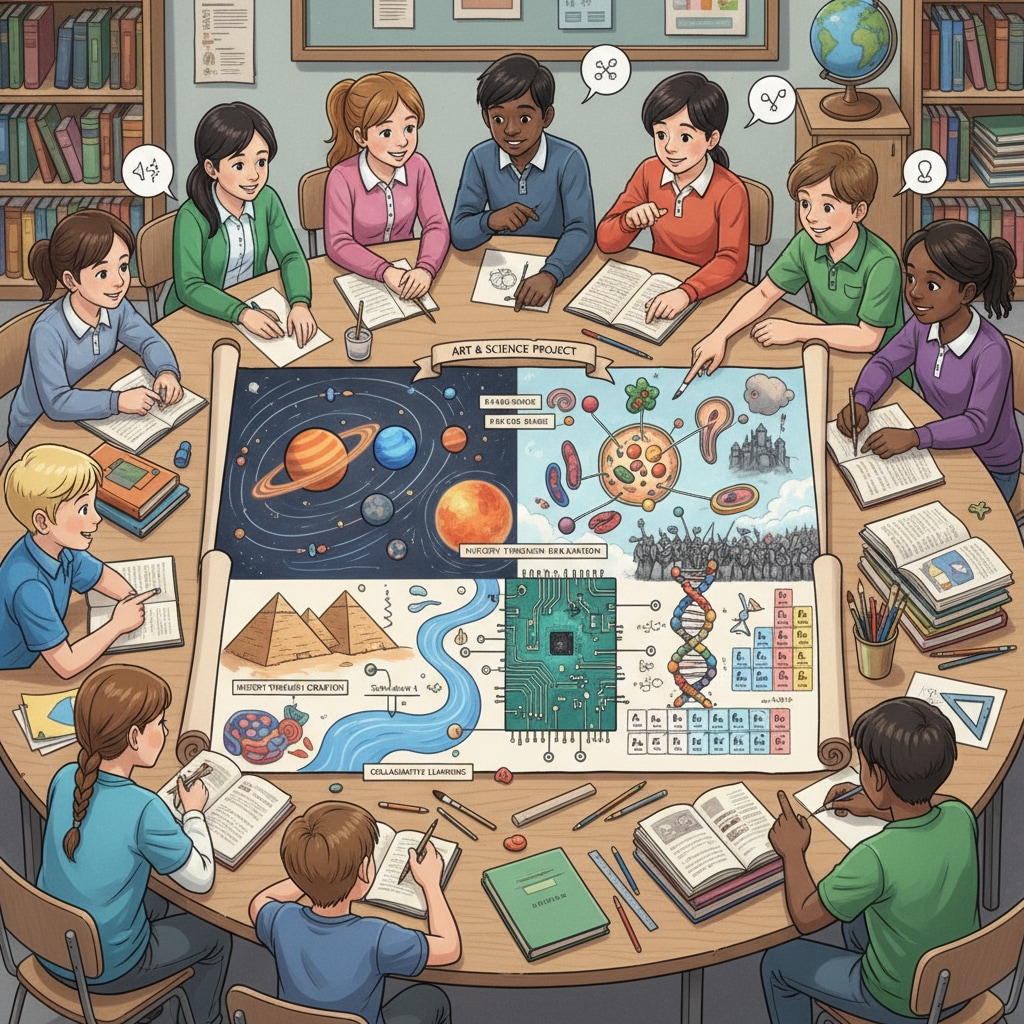In the age of information explosion, the pursuit of crafting personalized interdisciplinary learning plans for children has become a common goal among parents and educators. Personalized courses, learning plans, and interdisciplinary knowledge are at the heart of this educational endeavor. This article delves into the process of constructing an autonomous learning system encompassing nine major academic domains during the K12 phase, while also offering practical strategies for resource acquisition and guidance on learning methods.

The Significance of Interdisciplinary Learning in K12
Interdisciplinary learning in K12 is not just a trendy concept; it’s a crucial approach to education. It breaks down the silos between different subjects, enabling students to see the connections between various fields of knowledge. For example, a project that combines science, art, and history can help students understand how historical events influenced scientific discoveries and artistic expressions. According to Britannica, interdisciplinary study promotes critical thinking, creativity, and problem-solving skills among students. This holistic approach equips them with a broader perspective, which is essential for success in the modern world.
Building the K12 Interdisciplinary Learning Framework
To design an effective K12 interdisciplinary learning plan, one must first identify the nine key academic areas, which may include language arts, mathematics, science, social studies, art, music, physical education, foreign languages, and technology. Each area has its unique set of skills and knowledge. For instance, language arts enhances communication and literacy, while mathematics sharpens logical thinking. When integrating these areas, a teacher or parent can create projects like designing a historical city model, which involves math for measurements, science for understanding building materials, and art for aesthetics. This way, students can apply knowledge from multiple disciplines simultaneously.

Another important aspect is to set clear learning goals for each stage of the K12 journey. These goals should be specific, measurable, achievable, relevant, and time-bound (SMART). For example, in elementary school, the goal could be to complete a simple interdisciplinary project on environmental protection within a semester. As students progress to middle and high school, the projects can become more complex and in-depth, involving research, analysis, and presentation.
Readability guidance: Use short paragraphs to summarize key points. Each H2 section can have a list of related ideas. Control the proportion of passive voice and long sentences. Incorporate transition words like “however”, “therefore”, “in addition”, “for example”, and “as a result” throughout the text.


